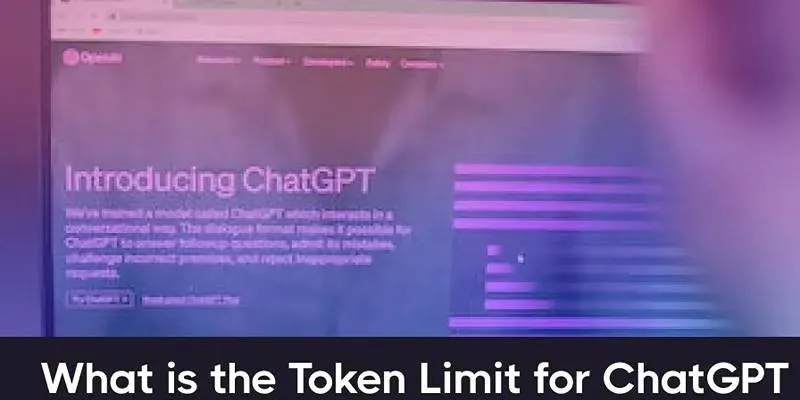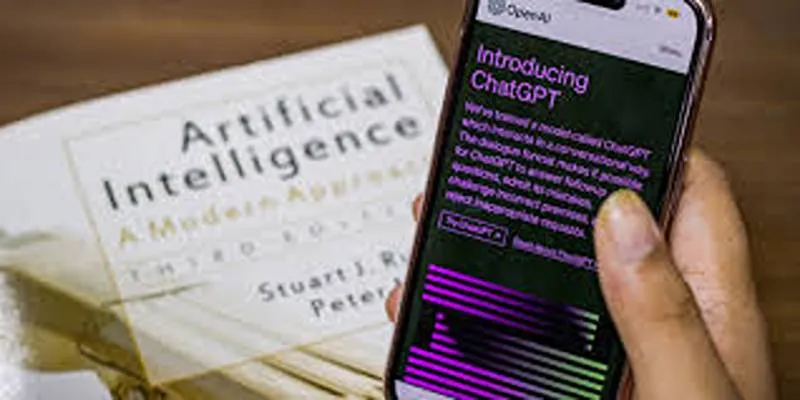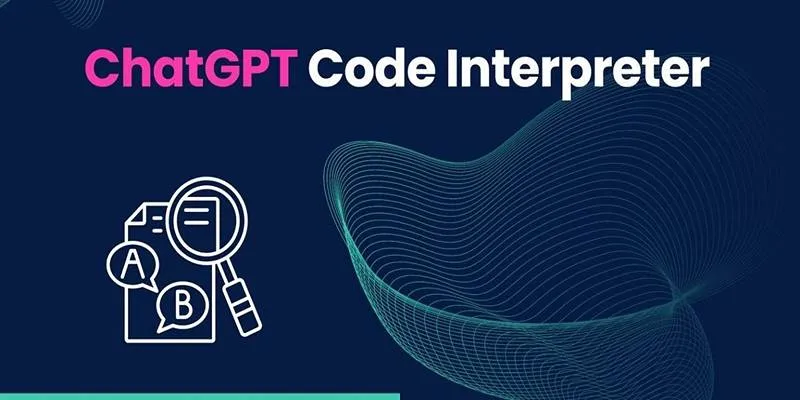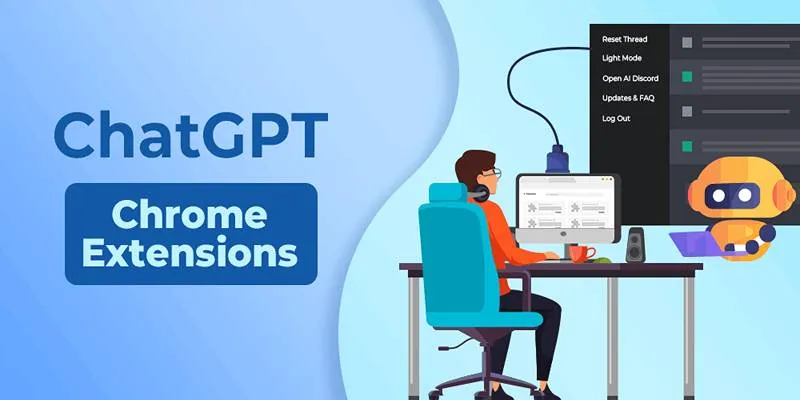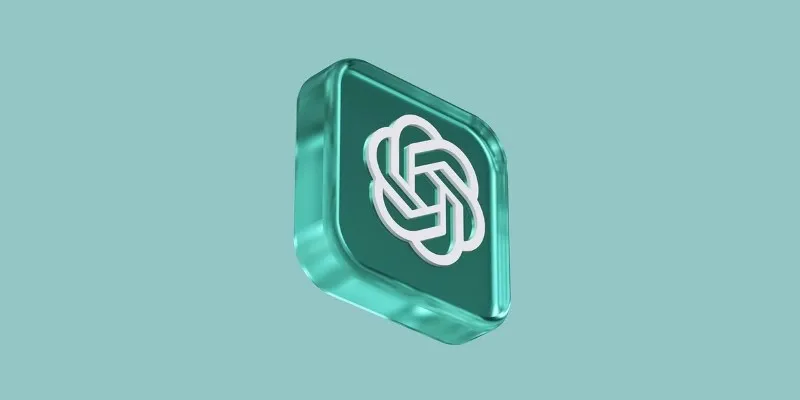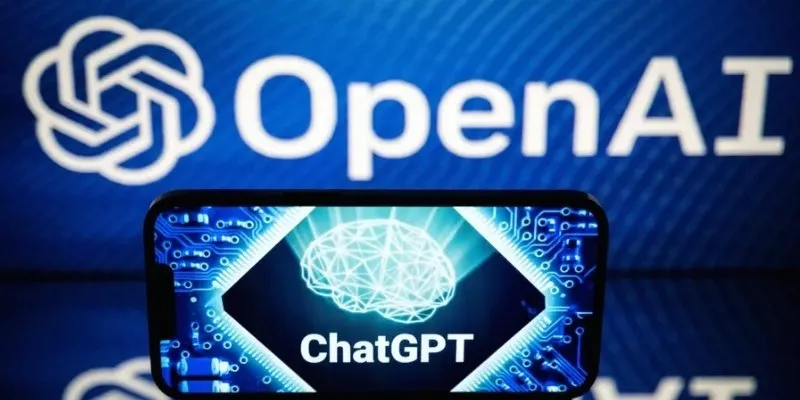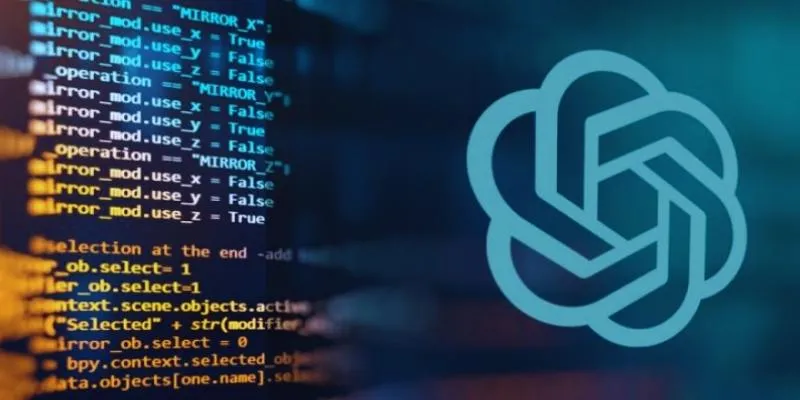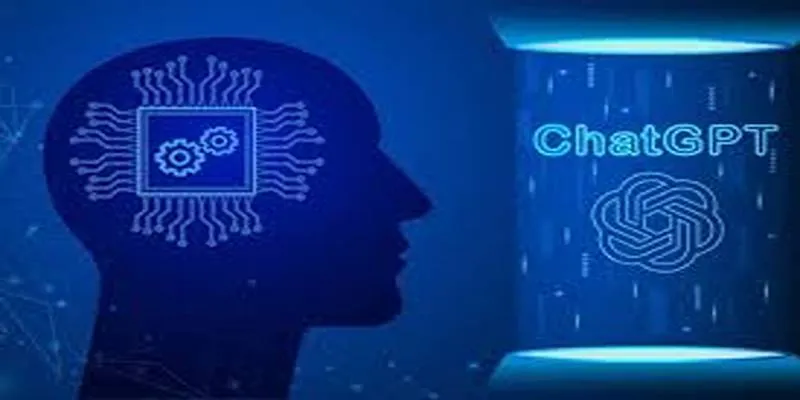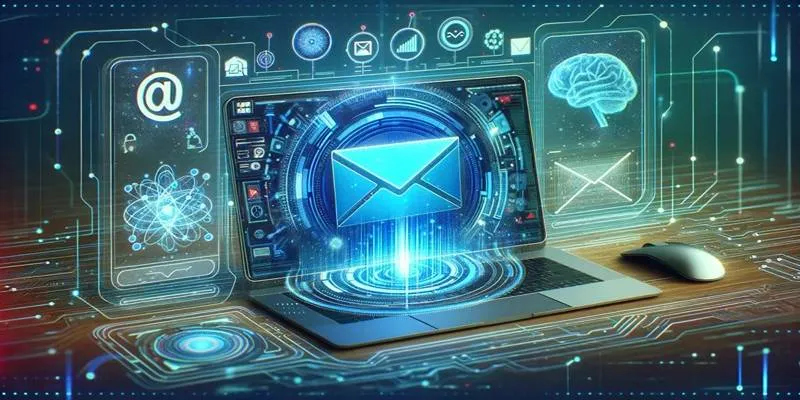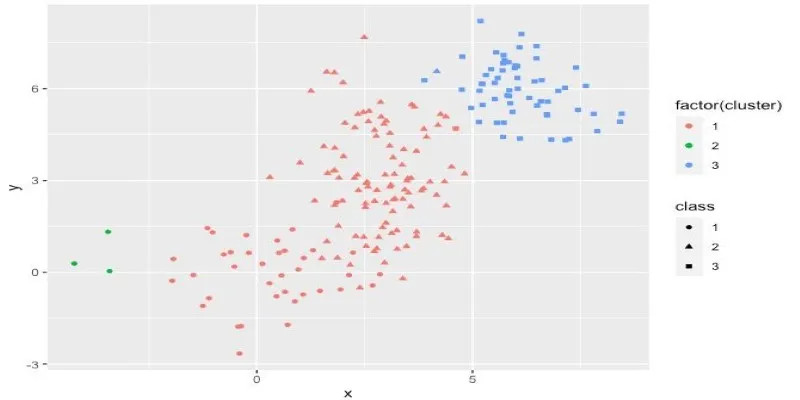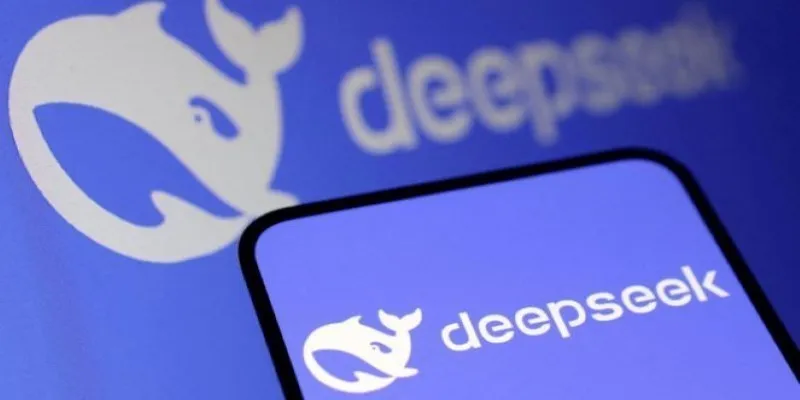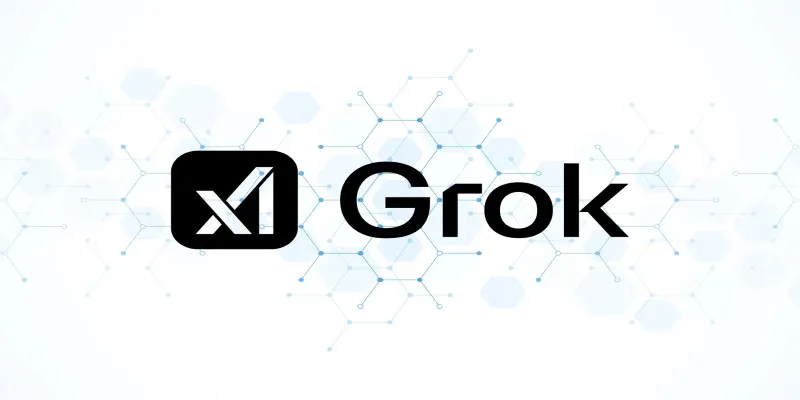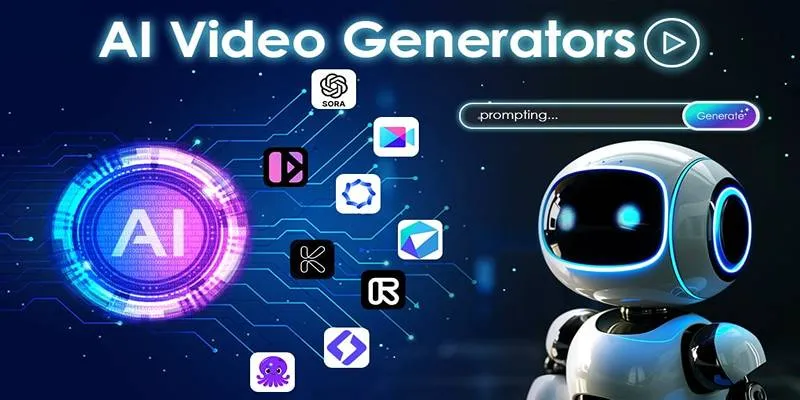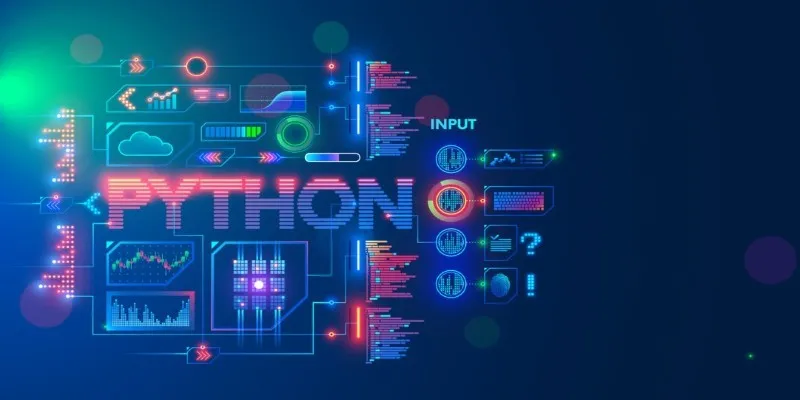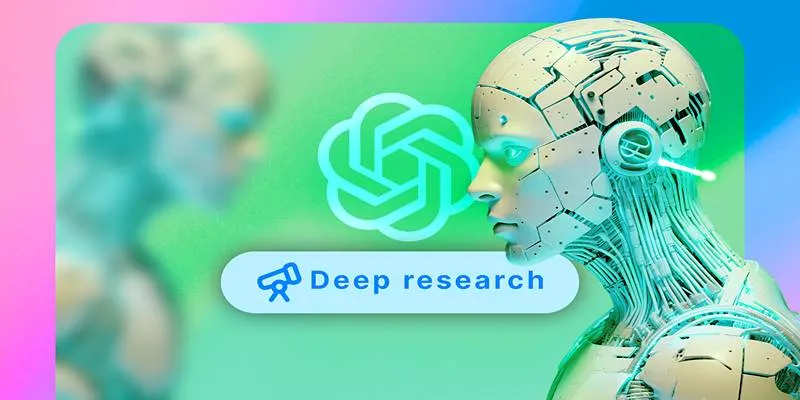Artificial intelligence tools like ChatGPT have revolutionized how individuals and businesses interact with technology. From assisting with writing tasks to solving complex problems, AI chatbots are now integral to daily life. However, as users delve deeper into these models’ capabilities, certain limitations, such as the character input limit, become apparent.
Understanding this limitation and its impact on user experience is crucial, especially for those reliant on ChatGPT for advanced or word-heavy tasks. Learning how to manage, optimize, or navigate these restrictions can significantly enhance the platform’s utility.
How Much Text Can ChatGPT Handle? A Look at Input Limits
At its core, ChatGPT operates with a system-defined token limit that dictates how much data can be processed in a single interaction. These tokens correspond to both input (user input) and output (chatbot response). Since tokens represent chunks of words or characters, each interaction is bound by this total token cap.
For users accessing the free-tier ChatGPT (GPT-3.5), the combined input and output limit is roughly equivalent to 4,096 characters. It typically allows about 2,048 characters for user input, with the remaining space for the AI’s response. Depending on word length and formatting, this limit generally accommodates between 300 to 500 words of text in total.
Conversely, ChatGPT Plus subscribers, using GPT-4, benefit from doubled capacity. This version supports a total character processing limit of approximately 8,192 characters, allowing for significantly longer or more detailed input and responses. However, even this has its boundaries.
The difference may seem small on paper, but it significantly impacts how much information can be submitted and the detail or nuance of ChatGPT’s replies in a single interaction.
Why do Character Limits Matter?
The character limit becomes most noticeable when handling complex queries or multi-layered instructions. In such cases, input may be truncated, or output may be cut off prematurely, leading to incomplete or less useful responses.
For instance, when breaking down large documents, creating extended content outlines, or exploring technical issues in depth, the character limit acts as a bottleneck. It requires users to simplify their queries or divide tasks across multiple interactions.
This restriction can also hinder collaborative use cases like content development, code review, or legal analysis, where full context and length are crucial.
Strategies to Manage and Overcome the Input Limit

Despite the restriction, several strategies can help users work within or around ChatGPT’s character limits to optimize performance and avoid disruptions.
1. Optimize Input Efficiency
One of the most effective ways to stay within the limit is to refine how input is structured. Instead of long-winded or conversational phrases, users can focus on direct, compact phrasing that captures essential meaning with fewer words.
By reducing redundancy and prioritizing clarity, it’s possible to preserve character space while still delivering sufficient context for the model to generate an appropriate response. It also contributes to faster, more efficient interactions overall.
2. Consider Upgrading to GPT-4
For users who frequently encounter these limitations, upgrading to ChatGPT Plus provides immediate relief. GPT-4, the advanced model accessible through the paid plan, offers an expanded character cap that doubles the available capacity.
This upgrade is especially beneficial for professionals using ChatGPT as a writing assistant, research tool, or task planner. While the subscription comes at a cost, the added capability can significantly improve productivity and reduce the need for prompt segmentation.
3. Break Down Larger Inputs
Another way to circumvent the restriction is by dividing lengthy input into smaller, manageable chunks. When the topic or task involves substantial text—such as reviewing long reports or generating sequential content—submitting it in sections ensures each part gets processed correctly.
This method can be combined with brief, clear transition cues between inputs to maintain continuity. While slightly more time-consuming, it helps maintain accuracy and allows for comprehensive interactions even within the model’s constraints.
4. Use Token-Efficient Language Structures
Understanding that ChatGPT interprets data in tokens—rather than exact characters—offers an opportunity to refine input using token-efficient structures. Shorter words, simplified grammar, and standard sentence formats consume fewer tokens, allowing more content to fit within a given limit.
While this might not drastically change every interaction, users who frequently push the boundary of the character cap will notice that cleaner, more token-conscious writing extends their usable input space.
5. Minimize Formatting and Redundancies

Unnecessary formatting, repeated information, and overly detailed instruction templates can consume valuable character space. Reducing these nonessential elements allows the user to focus on what truly matters in the prompt.
Streamlined communication also improves the clarity of the AI’s understanding, resulting in more accurate and relevant responses.
6. Language Efficiency Considerations
Although not a common tactic, some users find that communicating in character- efficient languages—like Mandarin or Korean—can extend the practical limit of each interaction. These languages often convey more meaning with fewer characters compared to English.
However, this approach is only suitable for users fluent in these languages and can fully comprehend the responses generated. It’s not a workaround for everyone, but it demonstrates how language structure plays a role in input limits.
Conclusion
ChatGPT’s character input limit may initially seem like a simple technical constraint. Still, it plays a central role in how the AI can support tasks, generate output, and follow user instructions. For casual users, it might rarely pose a problem, but for those engaged in more intensive use, it becomes essential to plan around it.
By approaching the limit with strategic input design, using efficient language, or accessing higher-tier tools like GPT-4, users can unlock more potential from ChatGPT. As AI becomes more embedded in productivity and creativity, knowing how to work within these boundaries is not just helpful—it’s essential.
 zfn9
zfn9
